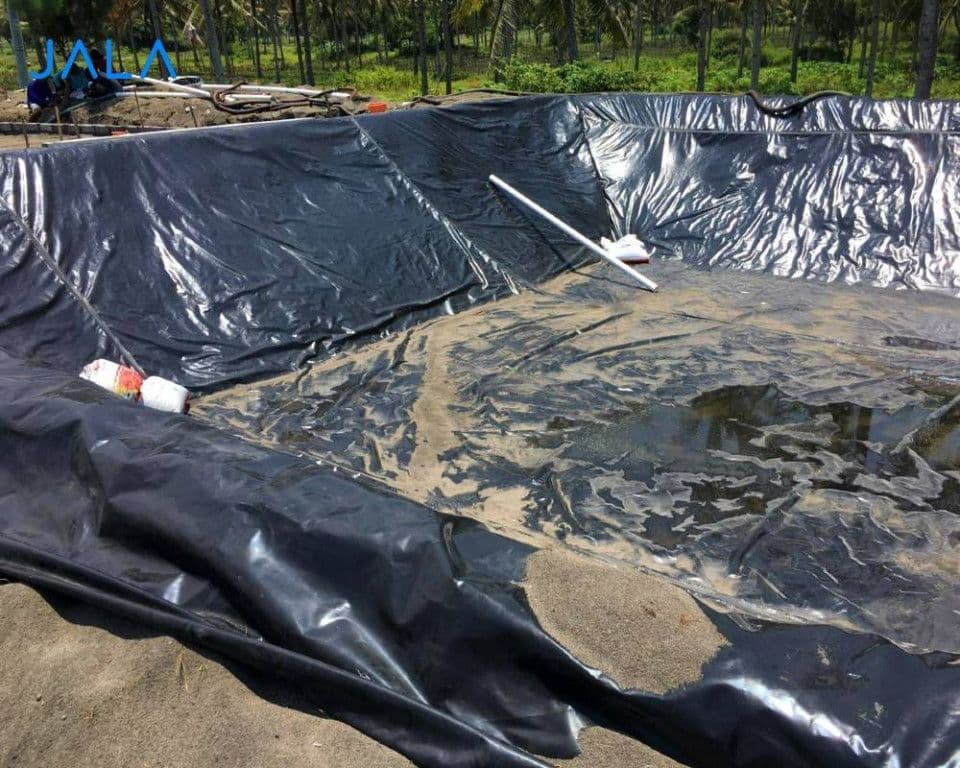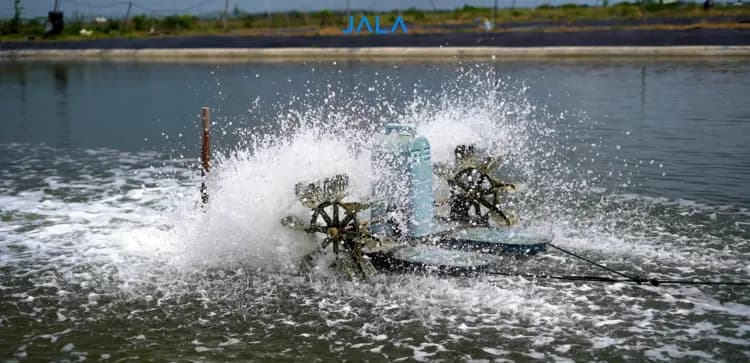
Water is one of the primary needs in every shrimp cultivation. When you cultivate shrimp, you also cultivate the water. Therefore, every shrimp farm needs to have access to adequate and good-quality water.
Reservoirs are a primary requirement for shrimp farms
Having reservoirs in shrimp farms is one way to ensure there is an adequate water supply. The quality is just as important as the amount of water available. Reservoirs need a water source, such as a well or the sea. In the reservoirs, the water is processed so that it is more suitable for cultivation with minimum risks.
The presence of reservoirs is important to prepare water for cultivation. In reservoirs, sedimentation and disinfection of water can be done to eliminate predator stock and pathogenic bacteria. Reservoirs also reduce the risk of disease spread from neighboring farms.
When are reservoirs needed?
Reservoirs are most important when the cultivation already takes place because in the beginning of cultivation, water treatments can be done directly in the pond. However, there are some other circumstances where reservoirs are needed for different purposes, such as:
- Maintaining water temperature, especially during the rainy season
- Maintaining water salinity, especially during the dry season
- Diluting/reducing phytoplankton population (algae)
- Decreasing the concentration of various biological parameters (ammonia, nitrates, etc)
- Replenishing water loss due to leaks
- Fixing water quality fluctuations, especially pH
- Reducing organic matter concentration that is too high
Throughout cultivation, water quality can be compromised due to the saturation of organic matter and other factors. Replacing the water is one way to restore its quality. The water used as a replacement should have better quality than the former. Having a good quality water supply should be prioritized.
Reservoirs play an important role during the start, throughout, and between cultivation cycles. Another thing to note is the construction location of the reservoirs. Water should be easily accessible and distributed from the reservoirs to the pond.
Reservoirs are not non-productive areas. In fact, they support cultivation. In fact, having a reservoir is one of the requirements for registering the permit and certification for a shrimp farm.





